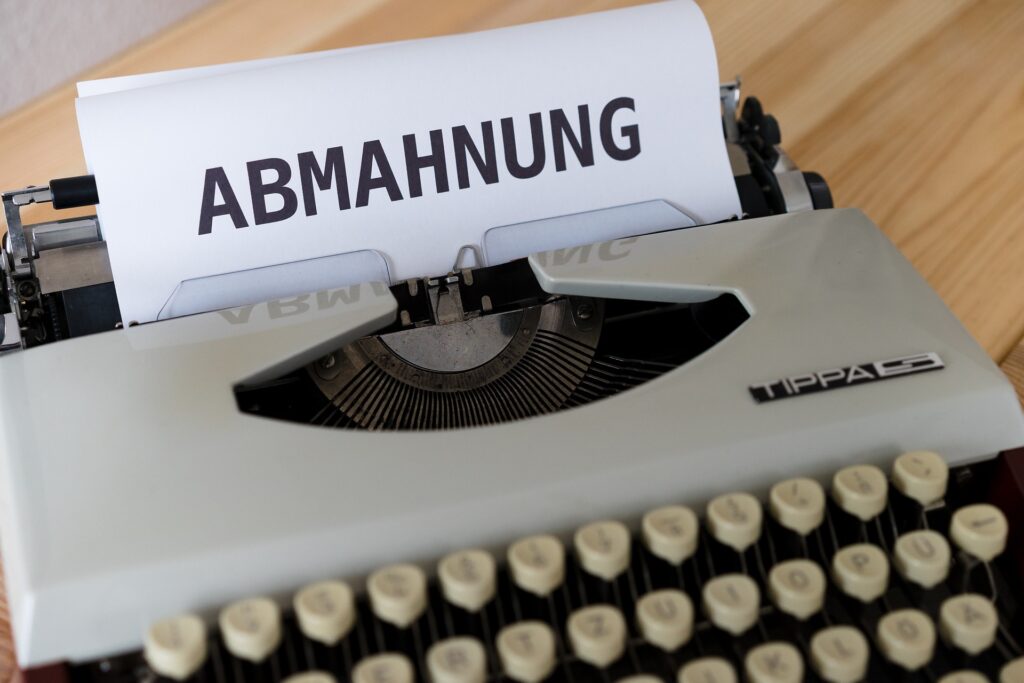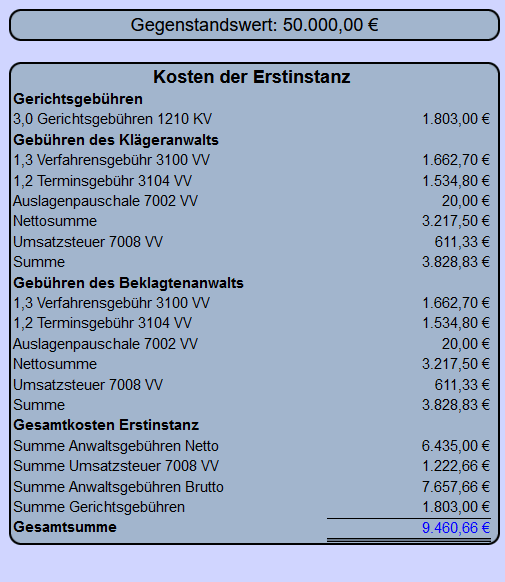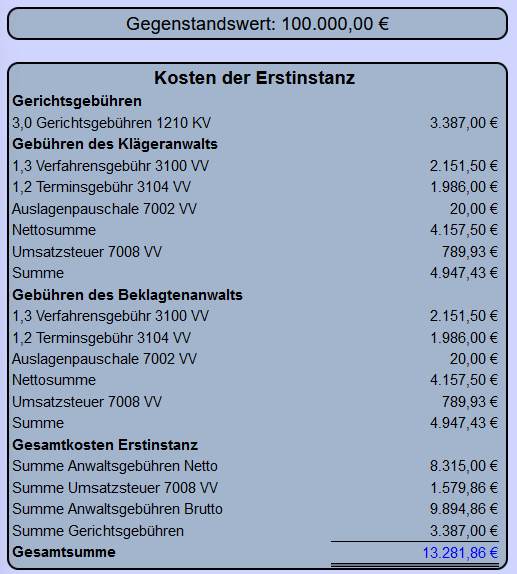Table of contents
Trademark infringement: What you need to know to protect your trademark

1 What is a trademark infringement?
A trademark infringement occurs when a registered trademark is used by third parties without the owner’s permission. This may involve the brand name, the logo or even the design of a product. Trademark infringements jeopardize the reputation and economic value of a trademark. As the trademark owner, you have the exclusive right to use the trademark and prevent third parties from unauthorized use.
2. types of trademark infringements
a) Direct trademark infringement
A direct trademark infringement occurs when an identical sign or trademark is used for the same goods or services without the permission of the rights holder.
b) Indirect trademark infringement
This occurs when a similar sign is used that may lead to confusion on the part of the consumer. Even if the trademarks are not identical, the similarity can be deceptive for the consumer, which also constitutes trademark infringement.
c) Product piracy and counterfeiting
This is the deliberate misuse of a trademark, often by imitating products or their packaging in order to deceive the consumer. This is one of the most serious forms of trademark infringement.
3. frequent cases of trademark infringements
Trademark infringements frequently occur in the area of e-commerce, particularly on sales platforms such as eBay and Amazon. Companies use well-known brand names or product designations to sell their products more effectively without owning the corresponding rights. Infringements also regularly occur in the retail sector due to counterfeit products or the misuse of logos.
There are different types of trademark infringements, each of which has different legal consequences.
1. direct trademark infringement
This form occurs when someone uses a sign or name that is identical to a registered trademark to offer similar products or services. The consumer is misled into thinking that it is the original product.
2. indirect trademark infringement
Here, the direct name or logo is not copied, but a similar trademark is used, which causes confusion among consumers. This likelihood of confusion is often difficult to prove, but there are numerous court rulings that prove that this form also constitutes an infringement of trademark law.
3. brand parody
Brand parodies in which a brand is deliberately mocked fall into a gray area. These parodies are only legal if they are recognized as an artistic or satirical form of expression. However, the line to infringement is often blurred.
4 What can you do in the event of a trademark infringement?
a) Warning
The warning letter is the most common means of responding to a trademark infringement. It requests the infringer to refrain from using the trademark and to submit a cease-and-desist declaration with a penalty clause. This is often done out of court in order to save time and money.
b) Interim injunction
If the infringer does not respond to the warning letter or continues the infringement, a preliminary injunction can be applied for. This is a court order that forces the infringer to stop infringing the trademark immediately.
c) Compensation for damages
Trademark owners also have the right to claim damages. The financial damage caused by the unlawful use of the trademark can be claimed. This includes lost profits as well as the unlawfully obtained profit of the infringer.
5. costs for trademark infringements
The costs of legal action for trademark infringements can be high. Warning letters and court proceedings incur legal fees and court costs depending on the amount in dispute. In many cases, the amount in dispute is around 50,000 to 100,000 euros, which can quickly lead to legal costs of several thousand euros.


6 What to do in the event of an unjustified warning?
If you receive an unjustified warning letter, it is important to check it legally. In many cases, warnings are inadmissible or excessive, especially if there is no actual trademark infringement. In the case of so-called unjustified trademark warnings, there may even be a claim for damages against the warning letter issuer. We can help you to fend off unjustified claims.
7. international aspects of trademark protection
Trademark protection does not end at national borders. International trademarks that are used in several countries should be protected worldwide. International trademark agreements such as the Madrid Agreement or the option of registering an EU trademark via the European Union Intellectual Property Office (EUIPO) help here. This ensures trademark protection in all EU member states.
8 Conclusion: Protect what belongs to you!
Trademark infringements can have far-reaching consequences – both for you and for the infringer. As a trademark owner, you should waste no time if you discover an infringement of your rights. You can protect your rights and ensure that your trademark remains a valuable asset by taking swift and decisive action such as warnings, injunctions or legal action.
Do you want to protect your trademark or take action against an infringement? Contact us today for a non-binding initial assessment.

